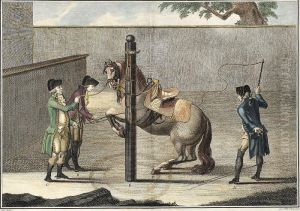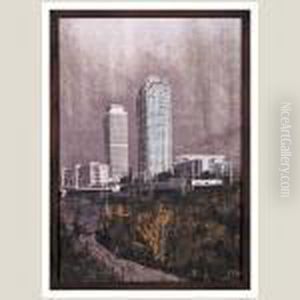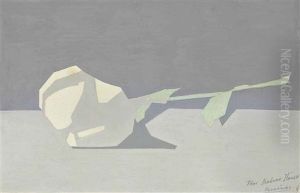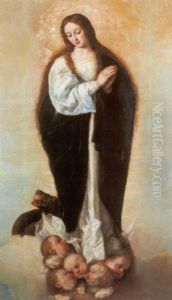Luis Fernandez Paintings
Luis Fernández was a significant Spanish painter and sculptor whose work was integral to the development of modern art in Spain in the 20th century. Born on June 20, 1900, in Asturias, Spain, he showed an early interest in art and went on to study at the Royal Academy of Fine Arts of San Fernando in Madrid.
After completing his education, Luis Fernández's career was marked by a varied set of influences and styles, reflecting the turbulent times in which he lived. His early work exhibited classical influences, but as he matured as an artist, he began to incorporate more contemporary movements into his practice, such as Cubism and Surrealism.
The Spanish Civil War (1936-1939) had a profound impact on Fernández's life and work. He was enlisted as a soldier, and during this period, his work conveyed the darkness and complexity of the conflict. The war's end brought a period of introspection and evolution in his art.
Following the Civil War, Luis Fernández's work began to gain international recognition. He participated in several exhibitions across Europe, where his innovative approach to form and his exploration of the human figure were well-received. Despite the appreciation abroad, the political climate in Spain under Francisco Franco's dictatorship made it difficult for his work to be fully appreciated at home.
During the 1950s and 1960s, Fernández's artistic output continued to evolve, and he became known for his technical skill and unique blending of traditional and modernist techniques. His sculptures from this period, often abstract in form, are particularly notable for their elegance and precision.
Luis Fernández's contribution to art was not limited to his own creations; he was also a respected teacher and mentor to a generation of Spanish artists. His influence can be seen in the works of his students, who carried the torch of his innovative spirit in Spanish art.
Fernández continued to create and exhibit his work up until his death on December 15, 1973, in Madrid. His legacy is preserved in the collections of major Spanish museums, including the Museo Nacional Centro de Arte Reina Sofía, and his work continues to be studied and appreciated by art historians and enthusiasts alike.



